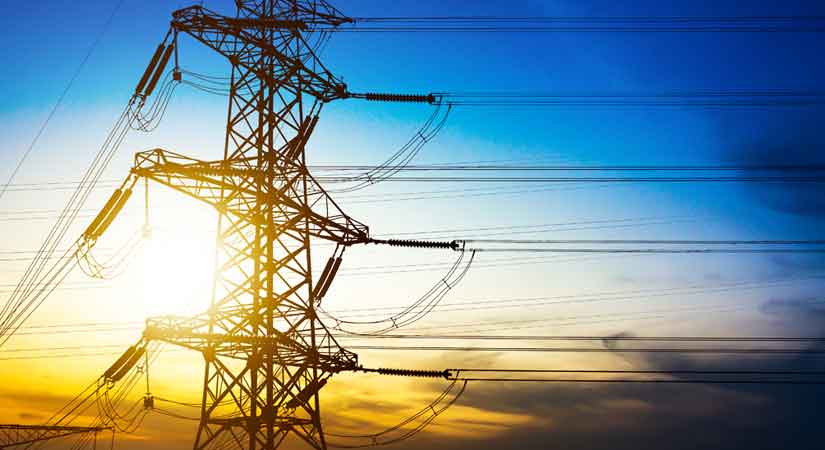
Energy efficiency industry bats for inclusion in stimulus program
By Adam J. Ang – April 28, 2020 | 9:18 pm
from Business World

THE energy efficiency industry is seeking a share of stimulus incentives to encourage investment in power conservation, which it touted as an opportunity to emerge from the public health emergency with greener power infrastructure.
The Philippine Energy Efficiency (PE2) Alliance said energy efficiency adoption by both the public sector and small businesses will also create jobs and support investment needed to emerge from the economic stagnation caused by the coronavirus disease 2019 (COVID-19) outbreak and lockdowns.
“The urgent PERA bill can potentially include another (“Build, Build, Build”) component intended to accelerate public spending in the next (three) years to bridge a P30-billion portion of a P66-billion capital gap for energy efficiency improvements in public facilities, especially government buildings used by national government agencies, government-owned and controlled corporations, state universities and colleges and the multitude of local government units across the countryside,” PE2 President Alexander de Ramos Ablaza told BusinessWorld.
He was referring to the House stimulus legislation originally known as the PERA bill (the proposed Philippine Economic Recovery Act), which has since been renamed the Philippine Economic Stimulus Act (PESA). If signed into law, it will inject between P1.3-P1.4 trillion in the first year of the intervention period of 2020-2022 to help workers and businesses deal with the effects of COVID-19.
“Build, Build, Build” is the government’s flagship infrastructure program.
Mr. Ablaza added that the stimulus bill can include a provision allocating at least P30 billion for concessional loans from government financial institutions to micro, small and medium enterprises to encourage them to adopt energy-efficient equipment.
He claims such investment has the potential to cut the operating expenditures in the public sector and small businesses by about P138 billion between 2021 and 2030.
The investments will also “reduce dependence on imported fossil fuels and help the country meet its Paris climate obligations with an estimated 9.4 million tons of CO2e (carbon dioxide equivalent) share
of greenhouse gas emission reductions due to energy efficiency during the same 10-year period,” he added.
The alliance has proposed in a position paper the inclusion of energy efficiency in the government’s post-pandemic economic recovery program.
In the paper, the group claimed that energy efficiency projects “can be planned, designed and completed to deliver energy savings and job creation impacts in much shorter periods, typically 6-12 months for each commissioned project.”
“Compared to other stimulus activities, a vast majority of energy efficiency projects pose little or no
negative impact on the local environment. On the contrary, energy efficiency projects harvest waste energy from every energy end-use sector and convert such waste into useful energy,” it added.
Malacañang signed into law Republic Act No. 11285 or the Energy Efficiency and Conservation Act in April 2019.



